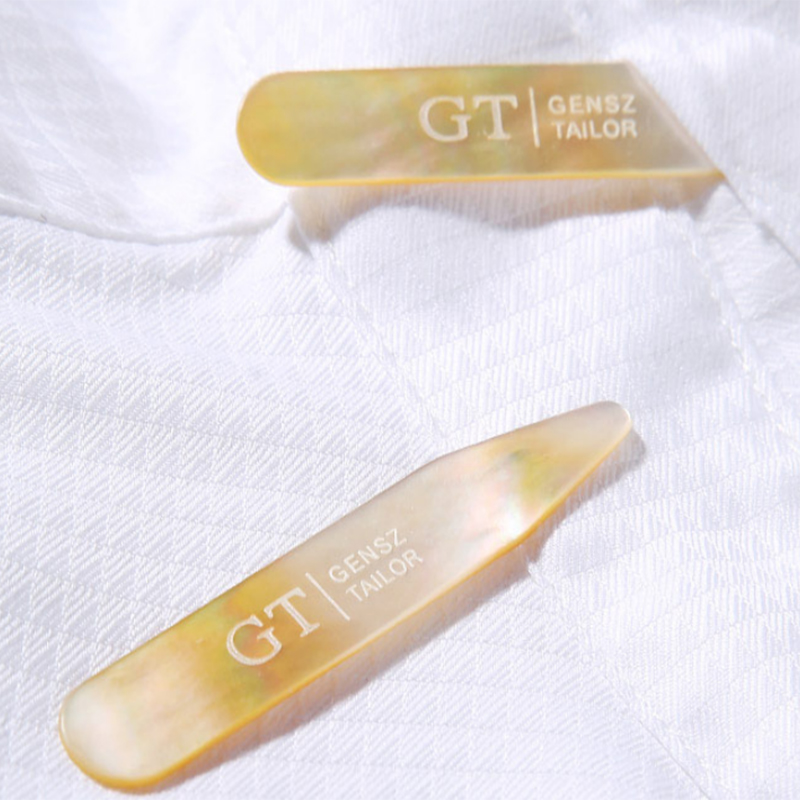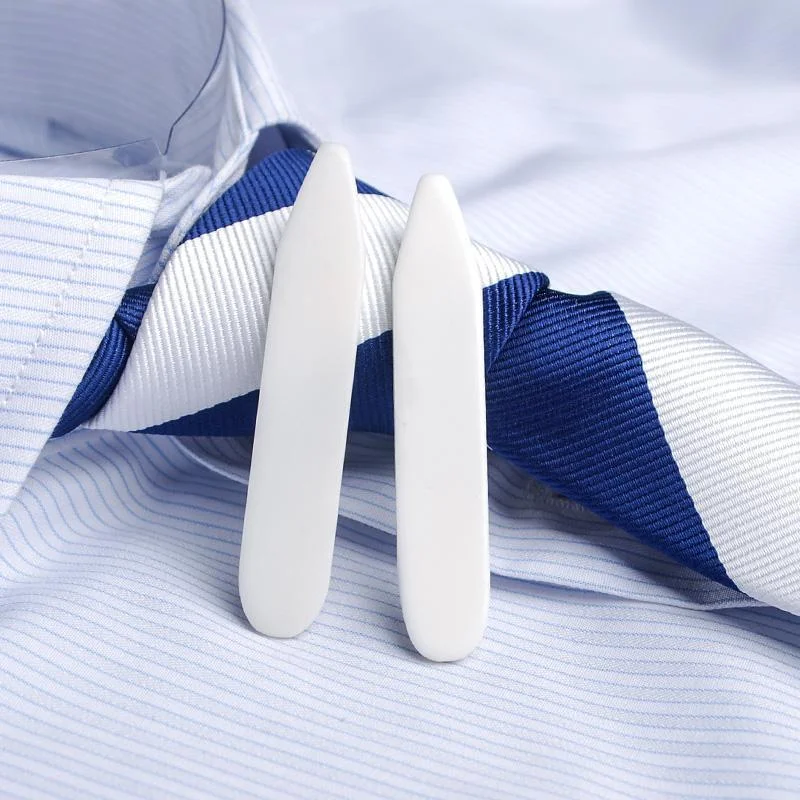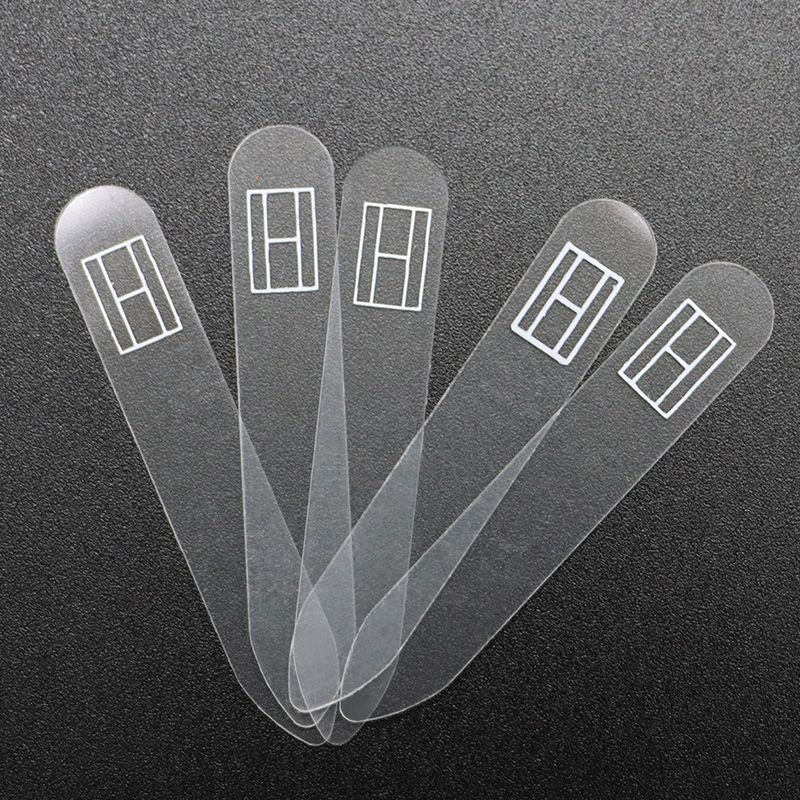Is mother of pearl tile dated?
Worried MOP tiles are a fading trend? Fear your luxurious update will soon look old and out of place? Discover their timeless, evolving appeal for modern homes.
No, mother of pearl tiles are not dated. They have evolved, now often combined with marble and metal in sophisticated waterjet designs, proving their enduring appeal and adaptability to modern luxury aesthetics.

marble and mother of pearl waterjet tiles
Mother of pearl has long been a hallmark of opulent interiors, gracing everything from ancient palaces to contemporary penthouses. But as design trends come and go, it’s natural to wonder if this shimmering material has lost its luster. Let’s delve into what makes these tiles, why they scream luxury, and how they’ve stylishly adapted to remain a coveted choice.
what is mother of pearl tiles made of?
Unsure what gives MOP tiles their unique shimmer? Confused about their natural origins? Understand the beautiful, sustainable material behind these luxurious surfaces, direct from nature’s bounty.
Mother of pearl tiles are crafted from the iridescent inner nacreous layer of various mollusk shells, such as oyster, capiz, or freshwater mussel. This natural material is the very "mother of pearl."

scal mother of pearl mosaic tiles
The allure of mother of pearl tiles begins with their remarkable source material.
The Essence of Nacre
At its core, mother of pearl tile is made from nacre, the strong, resilient, and iridescent composite material that forms the inner lining of mollusk shells. Its primary chemical component is calcium carbonate, often in the form of aragonite, bound together by an organic protein called conchiolin. This is the exact same substance that pearls are made of, hence why nacre is often referred to as the "mother of pearl" – it is literally the parent material from which pearls can form. Different types of shells contribute varying hues and lusters:
- Capiz shells: Offer a translucent, delicate quality.
- Freshwater mussel shells: Often provide whiter, more opaque pieces.
- Oyster shells (e.g., Pinctada maxima): Known for their classic pearly white and silver tones.
The process involves carefully selecting, cleaning, and then cutting or shaping these shell pieces, which are then meticulously assembled, often by hand, onto a backing to create the final tile.
why the mother of pearl tiles can luxury the home decoration?
Want to truly elevate your home’s style? Struggle to find materials that radiate natural opulence? See how MOP tiles bring an unmatched, shimmering charm that defines luxury.
MOP tiles exude luxury due to their pure natural iridescence, reflecting light uniquely from every angle. Their pearl-like qualities, eco-friendliness, and inherent shimmer make them a symbol of opulent interior design.
Mother of pearl tiles possess an inherent ability to transform a space into something extraordinarily luxurious, largely due to these key attributes:
The Allure of Iridescence and Nature
The defining characteristic of MOP is its captivating iridescence. This play of light, where colors subtly shift and shimmer as the viewing angle changes, adds depth, movement, and a dynamic quality that synthetic materials struggle to replicate. It’s this very feature that makes them a "representative of luxury in interior decoration".
Furthermore, their origin as a "purely natural, eco-friendly, shimmering" material resonates with a desire for authentic, sustainable luxury. Designers consistently incorporate MOP tiles into high-end backsplashes, accent walls, and furniture The material speaks of rarity and natural artistry. As your insights highlight, their application has evolved: before 2018, pure MOP tiles were common. Now, designs often feature "Marble & Mother of Pearl Waterjet Mosaic Tile," showcasing MOP combined with stone or metal, proving its adaptability and continued relevance in sophisticated design.
where can get the cheapest mother of pearl tiles?
Dreaming of MOP luxury but worried about the cost? Think these high-end tiles are financially out of reach? Discover smart ways to source these beautiful tiles without overspending.
While "cheapest" can imply lower quality, sourcing directly from manufacturers or specialized importers often provides the best value for high-quality mother of pearl tiles, bypassing retail markups.
Mother of pearl is undeniably a premium material, and its price reflects its natural origin, intricate processing, and luxurious appeal. However, "cheapest" isn’t always the goal; "best value" is a more astute aim.
Balancing Cost and Quality
To find mother of pearl tiles at more accessible price points without compromising significantly on quality, consider these approaches:
- Direct from Manufacturer/Specialist Importer: Companies like Solar Shell, which specialize in shell products, can often offer more competitive pricing by cutting out intermediaries. This direct line can also provide better insight into quality and sourcing.
- Volume and Tile Type: Simpler designs (e.g., square or subway MOP tiles) are generally less expensive than intricate waterjet patterns or custom mosaics. Larger orders might also attract better per-unit pricing.
- Shell Species and Grade: Some shell types are rarer or more difficult to process, impacting cost. Similarly, the clarity, color consistency, and thickness of the nacre can affect grading and price.
- Compare Online Specialists: Niche online retailers focusing on tiles or natural surfaces may have better selections and pricing than general home improvement stores for specialized items like MOP.
- Consider Seconds or Overstock: Occasionally, suppliers may offer slight seconds or overstocked items at a discount. Ensure you understand any imperfections if choosing this route.
Always request samples to assess quality before committing to a large purchase.
Conclusion
Mother of pearl tiles remain timeless, evolving with modern designs like waterjet mosaics. Their natural, iridescent luxury continues to enhance contemporary interiors, proving they are far from dated.







